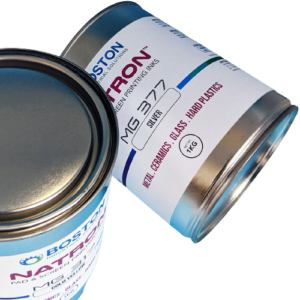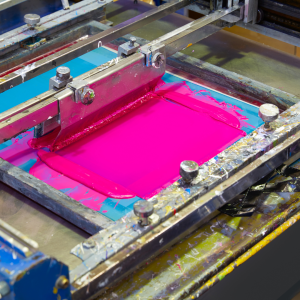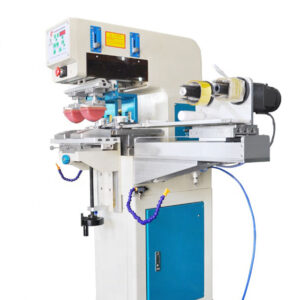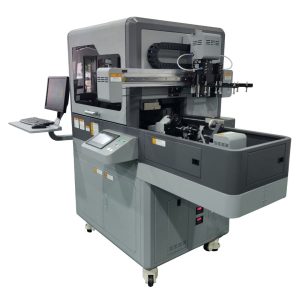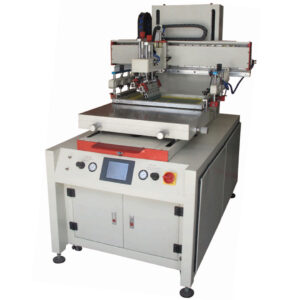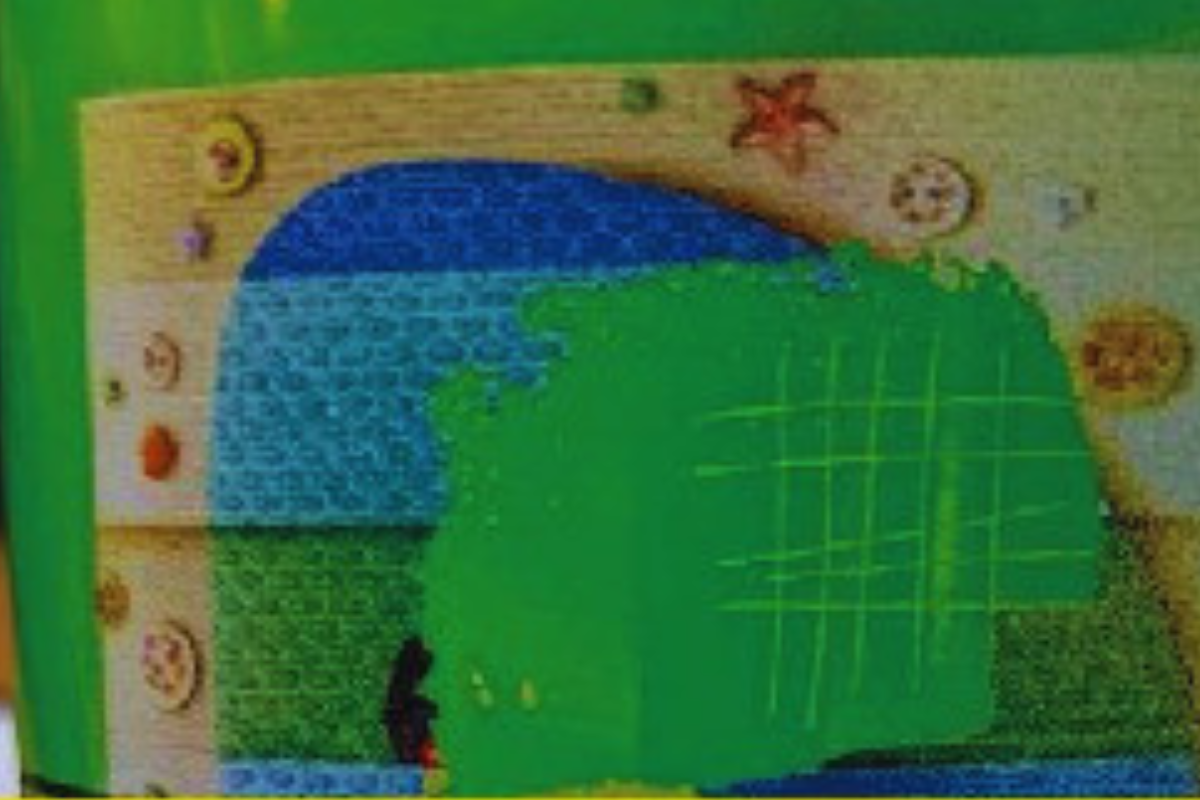UV ink does not adhere to low-surface-energy substrates. This is also true for other types of printing inks, such as screen or pad printing inks. Many printing companies are transitioning to UV flatbed printers, cylindrical inkjet printers, or even switching from solvent-based inks to UV printing inks. With this change, contract printers will often find themselves having UV ink adhesion problems. This leads them to ask, “How can I improve UV ink adhesion?” Here are some printing pre-treatment methods to address ink adhesion challenges.
Printing environment
When printing with UV inkjet inks, the ink, once cured, may not adhere to all surfaces. However, the type of pretreatment used will greatly affect UV ink adhesion. Before printing with UV inkjet machines, it is important to print following the recommended printing environment temperatures. While UV ink hardens instantly when exposed to UV light, it might not harden or adhere at low temperatures. Optimal printing temperatures range from 25°C (77°F) to 30°C (86°F). Check out our inkjet printing supplies.
Corona treatment for UV printing
The corona treatment process increases the surface energy of the substrate. The increased surface energy allows for improved surface wettability. This in turn improves the adhesion of inks, adhesives, and coatings to corona-treated substrates. Materials treated with this method demonstrate improved printability and stronger bonding characteristics. Cororan treatment increases the surface energy by using high voltage and frequency, which change the polarity of non-absorbent material and increase the surface energy. This is what enables the substrate to bond with UV inkjet ink. Typical applications for this treatment method include PE, PP, nylon, PVC, PET, etc. Learn how UV testing promotes UV printing durability.
UV ink adhesion promoters
Many printing professionals use UV ink adhesion promoter every day because it is easy to apply and works well. UV printing adhesion promoters are commonly known as UV ink primers. To use these primers, manually apply the correct adhesion promoter to your specific material by hand, and then print.
Printing primers clean the surface of the substrate and prepare it to accept UV ink. Most primers achieve this by opening up the “pores” of the surface or by increasing the surface energy. Additionally, primers help to remove electrostatic, which causes deflection during printing. Check out our article priming is the solution to learn more.
Lastly, printing primers are substrate-specific; e.g., a UV ink adhesion promoter such as the Natron G1 primer works well on glass, tritan, ceramics, and tiles. On the other hand, Natron Fi UV adhesion Promoter is excellent for glass and metals (coated and uncoated).
Other factors to improve UV ink adhesion
To achieve full UV ink adhesion and to solve UV ink adhesion problems, it is important for the UV ink to fully cure. There are several factors that impact the ink curing process. These are:
- power of the UV curing light; to speed up and increase adhesion, increase the power of the UV curing lamp.
- Printing speed: Slower speeds give the print more time to be exposed to UV light, which makes it stick better.
- Adding more time to the curing process will also help the ink harden and stick to the substrate better.
- Make sure that all the printing components are working properly.
- Lastly, it is important to note that while multiple printing passes increase ink opacity, this also affects the amount of light passing through the ink. This affects how much the inks will cure.
Visit our products page to learn more about or products such as printing plates, pad printing inks, and UV inks. Also, follow us on YouTube for the latest products and trouble shooting guide.


